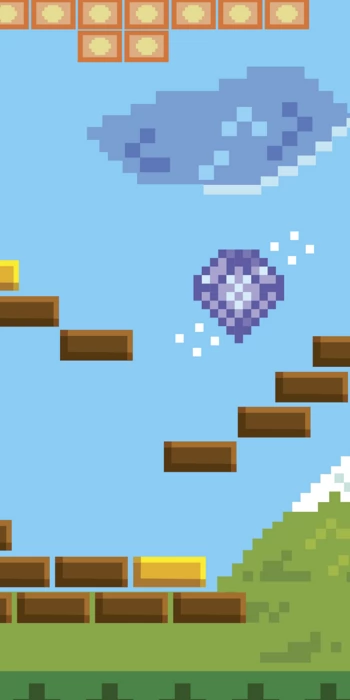Fill in your details and we'll contact you.
We’re committed to your privacy. Mothership uses the information you provide to contact you about our relevant content, products, and services. You can unsubscribe from these communications at any time.

Introduction
Free2play games are continually under development with new content added regularly. Unlike console titles or boxed games on PC, marketing activities for these kinds of games cannot be planned to a limited extend, they need to accompany the product throughout its entire life cycle.That raises some questions in regard to the monetization of these massively multiplayer online games: in which ways do monetization strategies need to be adjusted to this relatively new market? And at what stage is it useful to bring marketing into play?
Prior to the free-to-play era, when the multiplayer part of a game was at best considered as an additional gimmick, the monetization strategy followed a simple path: accompanied by marketing and communications measures, development would work towards to an official release date when the game would then be sold for a fixed price. When internet access for private households became widely disseminated, free-to-play business models were rising dramatically. These developments offered both new opportunities as well as previously unknown challenges to the industry.
Free2Play – From side note to success story
A few years ago free-to-play games did not have exactly the best reputation: Games using micro transactions had a reputation of being poorly coded copies of successful titles; they would lack quality and innovation and were considered to never take off. Today, development has taken a different path. Freemium games are now ubiquitously, large and small publishers alike rely on this successful business model. Whether it is a AAA title for PC or an innovative mobile game, every genre is covered and each and every one can find a suitable free-to-play game.
Well-established global gaming companies such as Activision Blizzard, Ubisoft, Electronic Arts, Trion Worlds or ZeniMax are all publishing mobile and online games with in-game micro transactions.
Considering this it comes as no surprise that freemium titles were responsible for 67 percent and $18,4B of global PC revenues in 2014. It is estimated that free2play games will account for stunning 75 percent of global market revenues in 2017.
When integrating marketing into the development process, it is essential to distinguish four different phases where different marketing strategies come to use:
Pre-Launch
At an early stage, including all testing phases from pre-alpha and closed beta through open beta, especially small and independent developers focus their efforts on the creative process and leave marketing out. While this is completely understandable, it overlooks the fact that a marketing strategy is most successful when implemented prior to the official release. In the pre-launch phase it is very advisable to work towards introducing the game to influencers on YouTube, reddit, gaming magazines and other relevant recipients. Costly measures are not yet necessary, but it is definitely worth to draw the attention to one’s product through public relations and influencer marketing.
Commercial Launch
At a game’s official launch it is crucial to attract favorable attention in order to guide a large number of target group members into the game. Necessary to that end is the whole range of marketing methods – from brand- and performance marketing campaigns, public relations and business development through content marketing. It is also advisable to rely mainly on high-coverage channels to carry the hype as far as possible.
Post-Launch
For a game to be successful even after the initial release, it is essential to keep both active and paying users in-game. Marketing therefore must be designed to achieve respective active and paying user rates. At this stage, different and carefully selected methods come into action and play together as a well-tuned orchestra. This results in a penetration of markets for scaling/leveraging the user base and database assembly and use.
In addition to implementing the right marketing measures during the right stage of a game’s life cycle, developers need to consider offering software tools and interfaces that come in handy for marketers. For example, a voucher interface that allows generating individualized items for partners is particularly valuable. A tool for the straightforward generation and sharing of in-game currency or item packages is also an excellent way to provide incentives for cooperation projects.
Conclusion
It is crucial to a title’s success to consider marketing as a vital part of the development process. Methods planned and implemented before the official release highly improve the chances for a game to be monetarily successful. But only if specific marketing measures come to action in every phase a positive game operation and a permanent binding of the target group can be ensured. In order to develop their full scope, all measures need to be planned and adapted carefully to each stage of development.
If you have further questions about free2play marketing or if you need any assistance please feel free to contact us!
Fill in your details and we'll contact you.
We’re committed to your privacy. Mothership uses the information you provide to contact you about our relevant content, products, and services. You can unsubscribe from these communications at any time.
Back